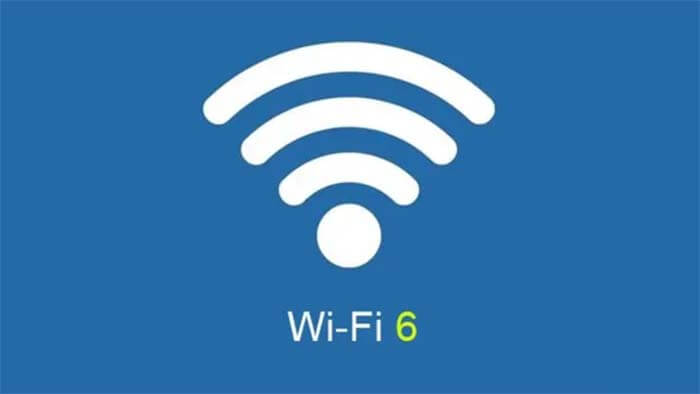Network services are becoming increasingly complex. In the past, clear decisions needed to be made when choosing between WAN, LAN, wireless and cellular technologies. But the upcoming arrival of 5G and the popularity of WiFi 6 is a huge game-changer.
5G has the ability to handle long-haul, consumer, and high-density applications, depending on the frequency band it uses, so it could become a strong competitor to WiFi within industrial applications.
In Australia, Telstra is rolling out 5G technology in a number of cities where coverage is limited but expanding.
It is inevitable that 5G will become ubiquitous in Australia.
Telstra and Optus are already pushing for 5G, and Vodafone or TPG Telecom will eventually have to come up with a plan or risk being left behind if the ACCC’s efforts to stop TPG from merging with VHA fail.
WiFi 6 is faster than WiFi 5, can handle greater device density, and consumes less energy – because 802.11ac has been rebranded.
If this sounds a lot like 5G, you’re not wrong. But as a cellular data network, 5G will be delivered by carriers, not network engineers.
Sitting behind the battle between WiFi 6 and 5G is an important point. The network used to be used to connect to websites. We’re not there anymore because traffic has changed, affecting not only design and decision-making but also the implementation for enterprise customers.
The reality is that networks now have to connect more and more endpoints – and that’s the battle line between the two networks. Telstra’s 5G plans will use three different types of spectrum.
The recent announcement that the 3G network will be shut down in 2024 is not just about retiring old technology. the 850 megahertz spectrum used by 3G can be adapted for 5G to transmit data faster and over longer distances.
Most of us will be using the 3.6 GHz band when we connect our new laptops, tablets, and smartphones to 5G networks in the next few years, but Telstra plans to use some of this band when it becomes available.
This will allow them to connect hundreds of devices in close proximity, fulfilling their desire to be the network of choice for the Internet of Things. 5G phones are not uniform in the radios used to transmit 5G connections. You can see that it is effective in the millimeter-wave band and also in the lower bands.
It’s not easy to be resolute about whether to trust WiFi 6 or set your sights on 5G for IoT applications, or other use cases with a high density of connected devices.
Both technologies offer faster connection speeds and support more concurrent devices than their predecessors. On the other hand, modifying devices to support either new standard is a daunting task, and the next question is which option is the most appropriate.
In a recent interview, Qualcomm’s Rasmus Hellberg said, “We looked at all the Wi-Fi access points available today, and then we added millimeter waves at the same points. As a private network, there is a huge opportunity to drive millimeter waves indoors”.
The number of IoT devices is expected to increase rapidly over the next few years, and companies will need to consider how to connect all of these devices to their existing networks.
Transitioning from existing WiFi 4 and WiFi 5 networks to WiFi 6 seems like a safe path. But 5G can make tasks like communication much easier. Once a SIM card is programmed correctly, simply installing it allows devices to connect almost immediately.
For now, it seems like the safer option is to stick with what you have but keep a close eye on things. For most people, that may mean sticking with WiFi and moving to WiFi 6.
But as high-capacity, fast 5G networks become more prevalent, 5G may become an option as the technology evolves and more hardware options become available.
Besides the Will the 5G Have Any Impact on WiFi 6 article, you may also be interested in the below articles.
What Is The Core 5G NR Technology?




